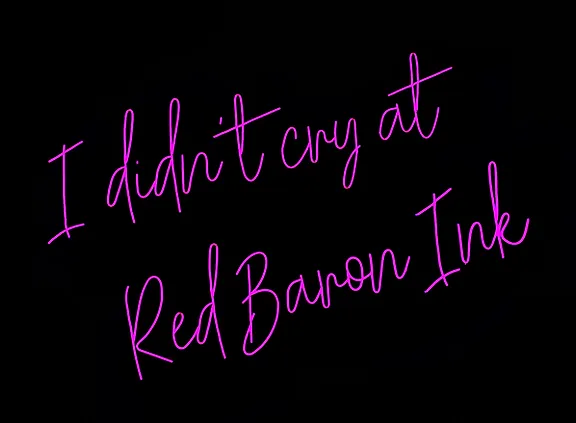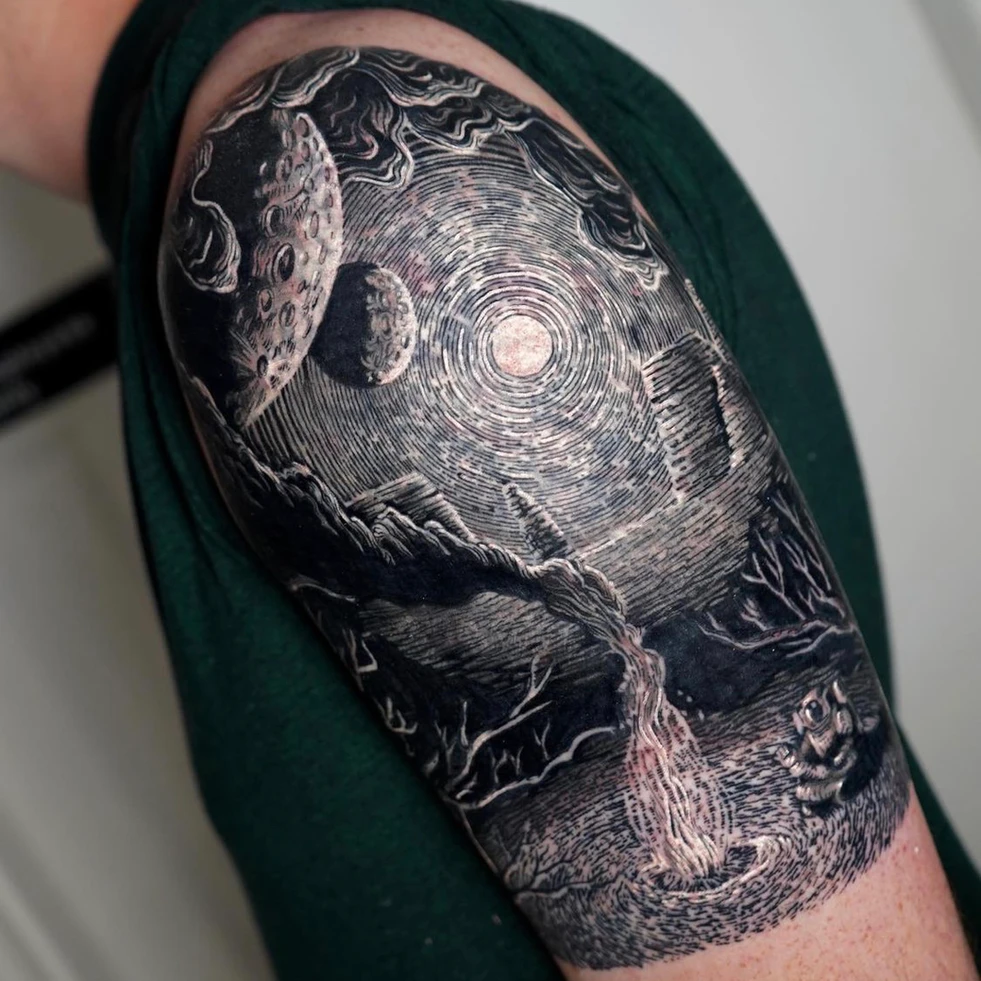Fine-Line Tattoos
Fine-line tattoos are a growing trend. Fine line tattooing is characterized by straight and curved lines emphasizing form, not color, texture, or shading. Platforms like Instagram overflow with photos of small, simple, and elegant tattoos.
What are fine-line tattoos?
You’ll see a wide variety of fine-line tattoos if you search the hashtag #finelinetattoo on Instagram. Fine line tattoos grew from single needle tattoos. They are mainly black and grey with fine lines and lighter, softer shading. Fine-line tattoos can be of any size, but a popular trend is micro tattoos with smaller lines that allow for more detail in smaller areas. Part of the appeal of small, fine-line tattoos is that they are quick to do and easy to hide. A small, simple design can take 15 to 30 minutes to complete, whereas a larger full-color piece can take hours. Starting with a small fine-line design also allows you to see if being tattooed is something you’d enjoy.
Do fine-line tattoos last?
Regardless of skin tone, all tattoos fade and blur over time. The body’s immune system slowly removes some ink placed on the skin. Exposure to UV rays breaks down the ink into smaller pieces, allowing the body’s white blood cells to remove them. Any design with grey inks will fade more than a solid black tattoo over time. A grey tattoo could look like an old one after a few years. Tattoos on certain parts of the body fade faster. Fingers, feet, knees, and elbows can be challenging to heal, and the skin regenerates more quickly on those spots.
What are the risks of a fine-line tattoo?
Since applying a tattoo means breaking the skin, there will always be some risk of infection. Tattoos in unprofessional settings can carry a risk of bloodborne diseases, such as Hepatitis B or C, which is why modern tattoo shops like RBI Tattoo follow strict hygiene routines. If the tattoo needles go too deep into the skin, there is a risk of scarring, and some people can be prone to keloids.
It is also possible to be allergic to certain tattoo ink pigments. Red and yellow are the most problematic colors in terms of tattoo reactions. Black tattoos are least likely to cause allergic reactions. See a dermatologist soon if you think you’re skin is reacting unfavorably to a tattoo.
Tattoos can “blow out,” which would look like a bruise near the tattoo. This occurs when ink leaks into the subcutaneous tissue or fat. It can also happen in areas where the skin is very thin or elbows or knees where there’s lots of skin movement.
How do I go about getting a fine-line tattoo?
This style of tattooing is technically tricky. It looks simple, but there’s nowhere to hide imperfections. It is usually apparent if a circle isn’t perfect or a straight line has a little wobble. Search online and on social media to find an artist who specializes in the style you want and whose work you love. Many artists have an Instagram that highlights their healed work, which is an excellent way to tell if they’re going to give you the results you want
You can work with the tattoo artist to create a custom design. It can help to collect reference images and examples of how you want your tattoo to look. If you’re going for a tiny tattoo, you may have to compromise on how much detail you can have, so listen to what the artist says will and won’t work.



